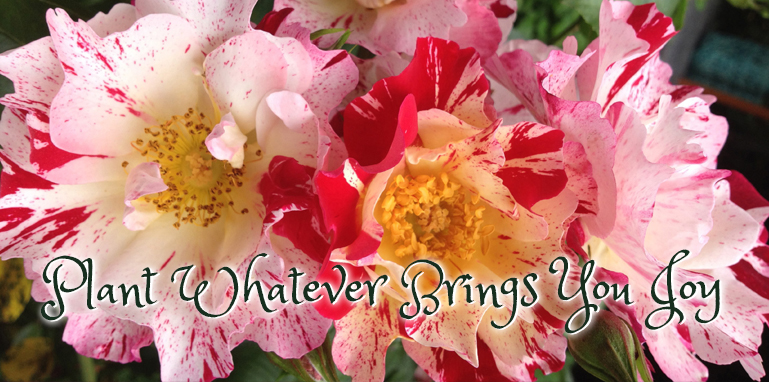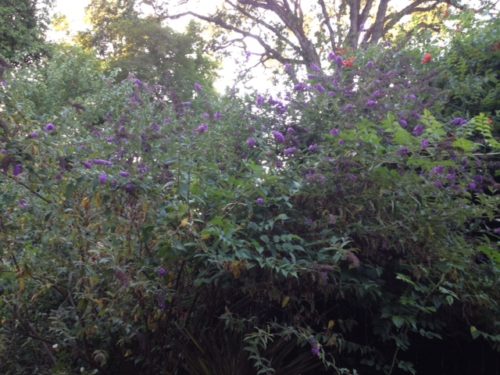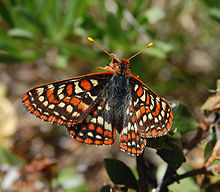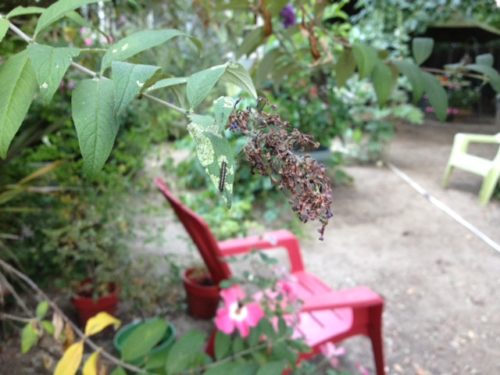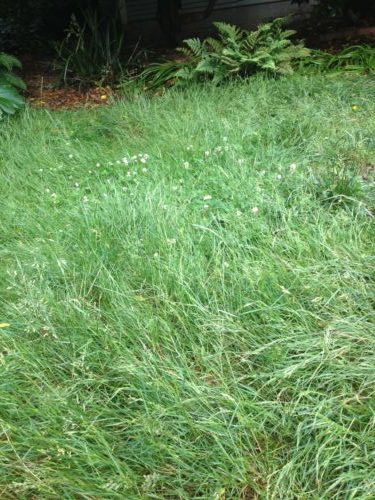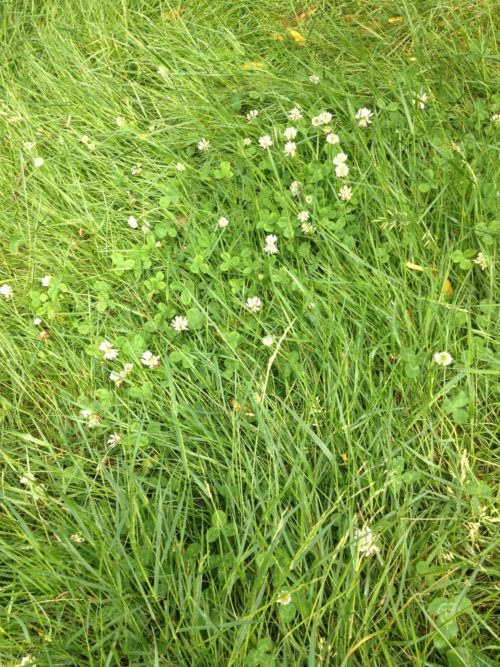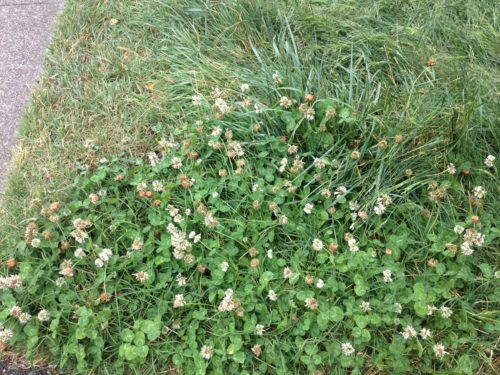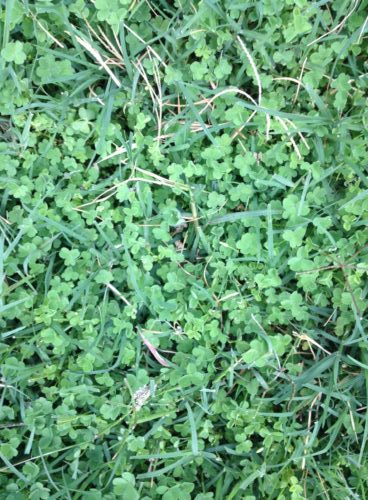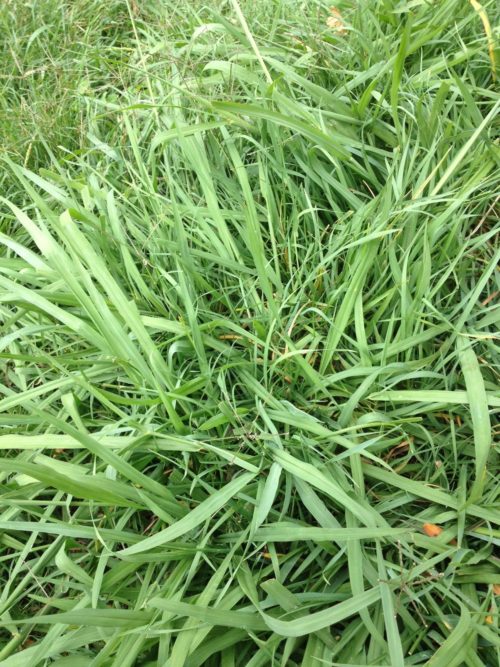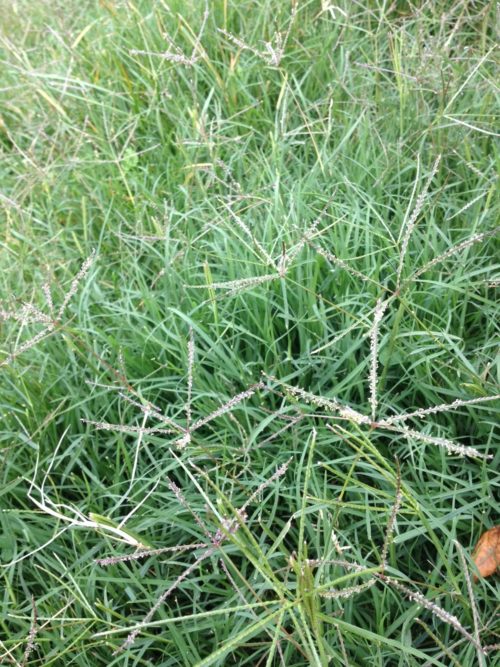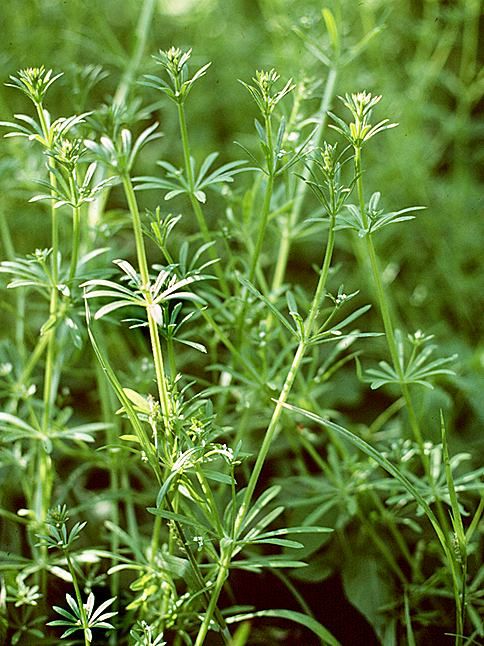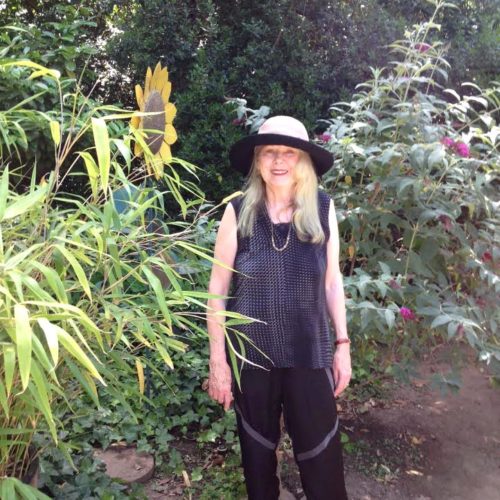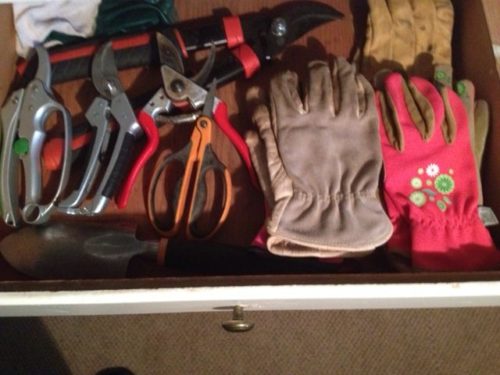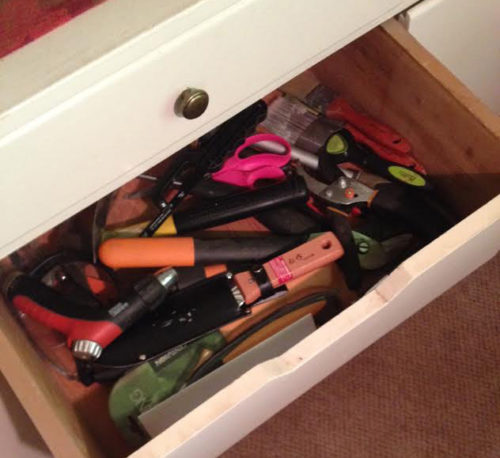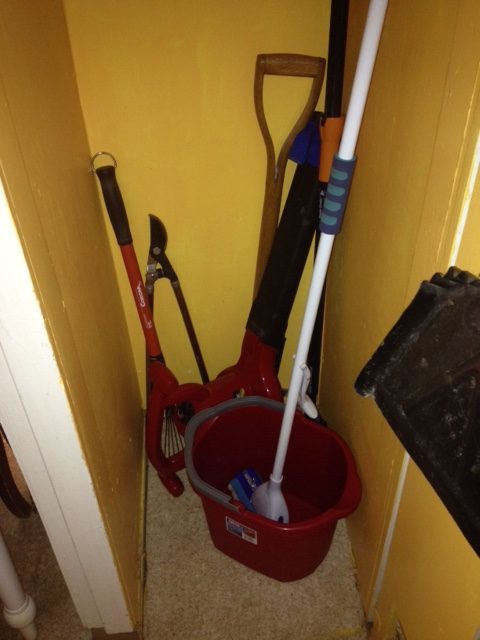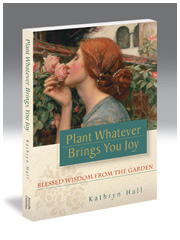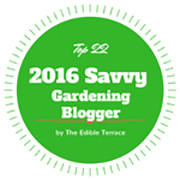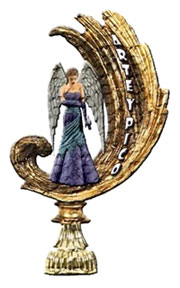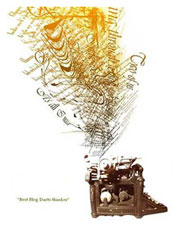Readers of my book Plant Whatever Brings You Joy: Blessed Wisdom from the Garden will recognize that the title of this post is one of the 52 lessons upon which my book is built. And the Universe has kindly offered me a kick in the pants refresher course in that vital maxim.
As many of you know northern California was hit recently with a major heatwave. Not much actual gardening got done, other than to make sure plants were watered and that roses were cut and brought inside in the early morning rather than to wither in the harsh sun. But finally the fog came in, the heat receded and early morning gardening was very happily resumed. Let’s get out the clippers and do something about that rangy butterfly bush, shall we?
So there I am, clippers in hand, tackling the cutting, cutting, cutting back of the largest of my three butterfly bushes. Butterflies tend to come in the warmth of afternoon sun, so morning is a time when they will remain undisturbed. And suddenly I encounter a branch with desiccated, curled up leaves, entombed in webbing. Ick. My mind flashed first to spiders and then immediately to tent caterpillars I’d seen in my two years in North Carolina. As I cut off the offending branch I noticed some movement inside the webbie mass, so I took the time to take a quick pic of what looked like maybe caterpillars. I knew that butterfly bush is notoriously held as strictly a nectar plant, never a host plant, so I did not consider for a moment I might be looking at butterfly larvae, so I blithely tossed them into the recycling bin. Done. Moments later I was unpleasantly surprised by two more such branches, though these had far less damage. And I continued my trimming of the buddleia without much more thought to the spidery branches.
Until later, when I took the time to post the pic to FB asking if anyone might ID, and a bug expert in Davis posted a comment that “they look like mourning cloak larvae.” WHAT???
By now it was late afternoon, still hot from a burning sun, and, plagued with guilt I fretted until I went out into the garden, tipped the full recycling bin on its side and foraged through a mound of cuttings looking for the three webby ones I’d dumped that morning, acting against all hope. What could possibly survive? Amazingly I found the first and largest of the three upon which two or three tiny caterpillars appeared to still have life within them. And I placed the branch gently back into the safety of the butterfly bush where I’d found it. Eventually I found the other two branches, though there was no sign of life. I took small comfort that perhaps I’d saved one or two butterflies and went inside, still feeling bereft, as well as angry with myself that I was not following my own teachings! “Never pull up and discard what you cannot identify,” Kathryn!
The next morning I went out into the garden upon arising and I did see a couple of caterpillars on the one branch and tried to console myself again. Given that it was now Monday morning I dragged the recycling bin to the street for collection the next morning. As I settled it into place I saw an amazing thing. One tiny caterpillar, no bigger than half an inch long, on the top lip of the recycling bin. What? How could this be? I immediately maneuvered him into my hand, no small feat, and took him into the back garden to join his siblings. Wow. Could there be more? I popped the top of the bin open and looked inside. Indeed, I found another making his way to the top, to light, to air, out of the bin. Astounded, I rescued him and carried him to the butterfly bush. (No, I am not used to carrying a caterpillar in my hand!)
By now I was fully engaged and spent the next four hours going in and out of the house, checking for more babies. By the heat of the day I had watched and relocated fourteen of them, as one by one, over the hours, they found their way up to the top. Simply astounding. And so redeeming, as you might imagine. Whew! Not a total disaster then.
By now I am questioning how it was that butterfly larvae were using my butterfly bush as a host plant, completely against everything I’d ever heard. How was this possible? I emailed Art Shapiro, a very well known butterfly expert and author, sending him a pic. He wrote back to confirm they were butterfly larvae, but added, “These are not mourning cloak butterflies. They are checkerspots. And the only time I’m aware this has happened [like, ever, except one in a lab in 1940…] is in Mariposa County. The fad must be catching on.” Now my mind is completely blown.
I have just rescued checkerspot larvae I’d tossed in a bin, and replaced them on a buddleia to continue on their path, and it’s an unknown phenomenon outside of one known such occurrence in Mariposa County, over 300 miles away?? Turns out that event was such a big deal Art and the woman who reported it, Katie, co-authored an article about the experience. I immediately wrote to her. And learned she’s a gardening blogger! And she had written up the experience on her blog! As you can imagine this was getting more and more exciting and, frankly, amazing.
So now I check on these babies every morning and a couple of times a day. They bunch up together at night. They are spreading out to new branches and munching down their small territory. They are getting bigger. And, yes, I’m posting to YouTube.
Some of them are leaving the core group. And some of them are encasing themselves inside little web tents. I just love it. Every minute of it.
Art says they will eventually drop to the ground, where they will live amongst the ground litter, and then they will finally walk off way away from the butterfly bush, and encase themselves in their chrysalides. Apparently it’s unlikely I will ever see this part. (Boo hoo.) But I’m feeling profoundly blessed they chose my garden to live in one of my butterfly bushes (sorry for the rough welcome) demonstrating that buddleia does indeed, serve as a host plant, turning conventional scientific knowledge on its ear. Nature, ever adapting. How lovely and special and please help me spread the word that butterfly bushes can serve for some species as both a host and nectar plant, ensuring its place in butterfly history.
Love and gardening blessings,
Kathryn xoxo
Footnote, learned on Katie’s blog: Not all buddleia, apparently, are super fertile. If you are worried about their spreading, perhaps research ones that will not. I personally have never seen a buddleia moving about in my garden.
Book News: Recently I have uploaded the latest iteration of Plant Whatever Brings You Joy: Blessed Wisdom from the Garden to both Amazon Kindle and Barnes and Noble Nook. If you do read I would be incredibly happy if you were to rate the book in either of these venues. Thank you so much in advance. Very kind. It makes such a difference to author sales–also to our hearts.
Posted on July 2nd, 2017 by Kathryn
Filed under: People at Life | 14 Comments »
